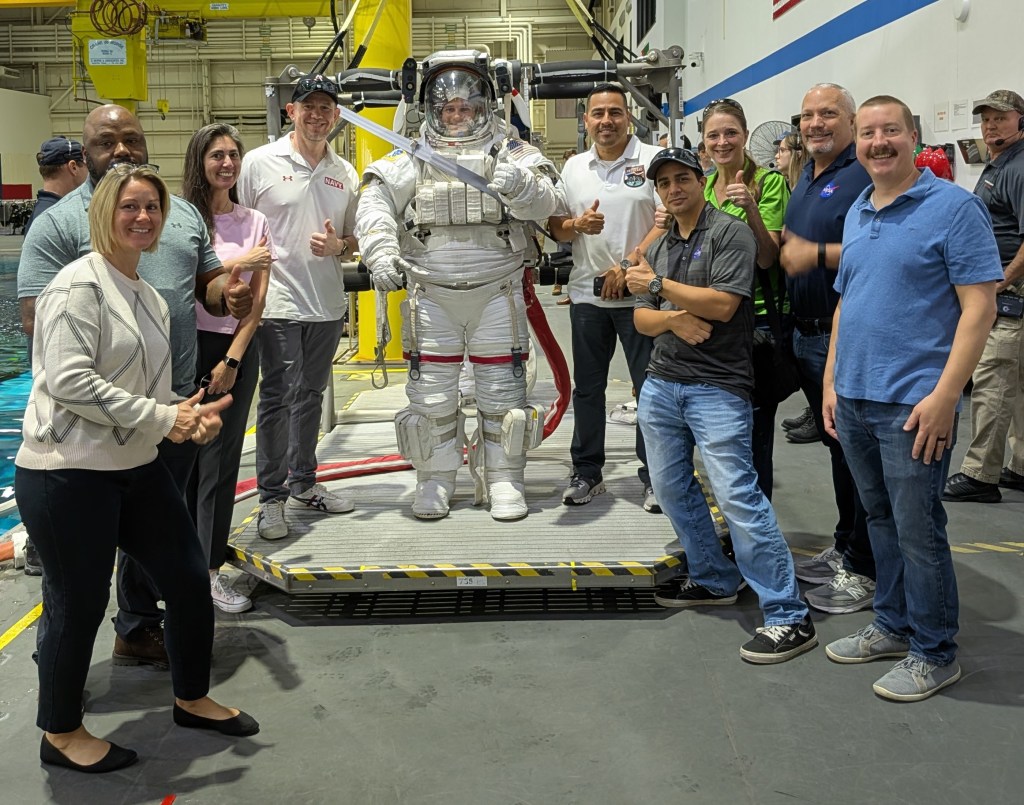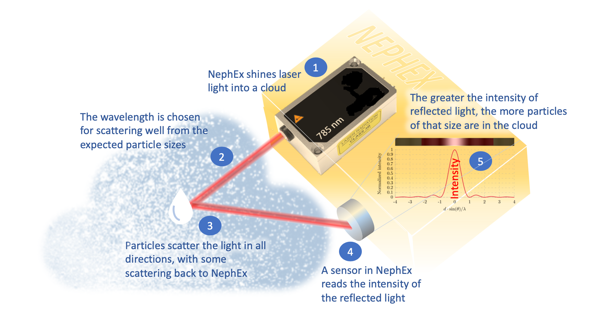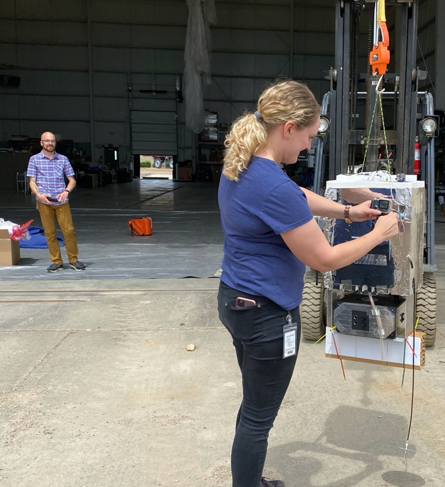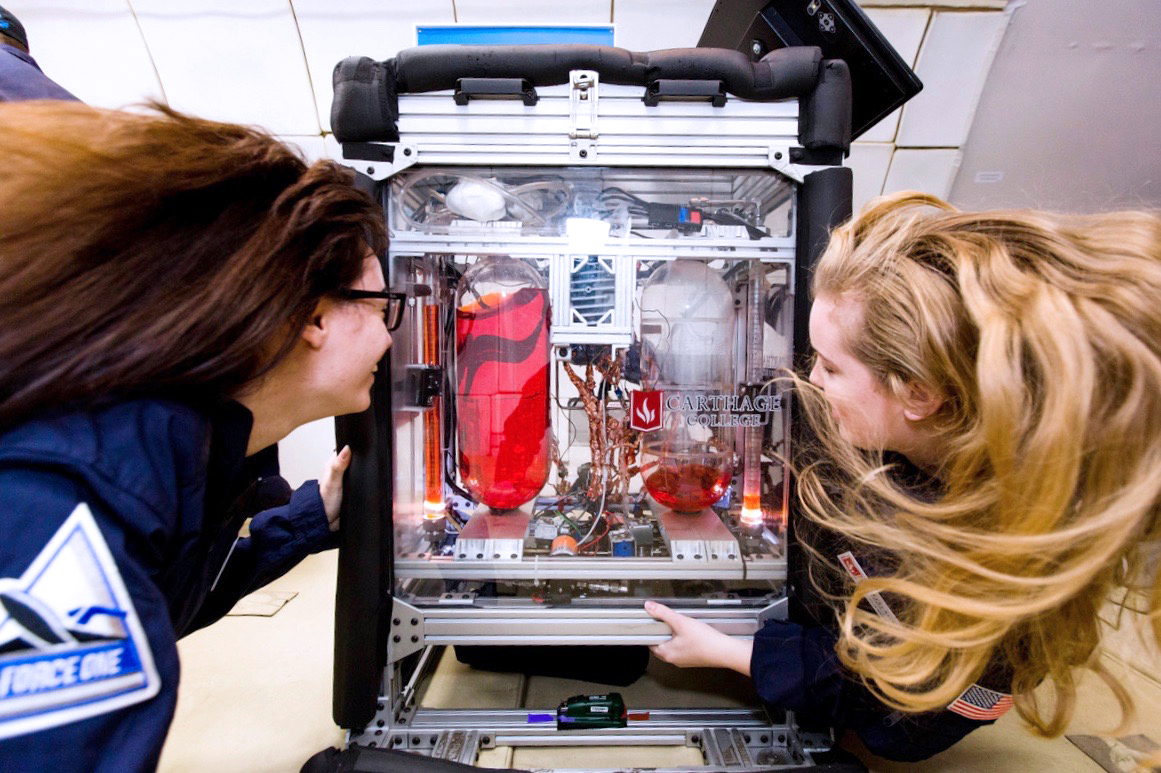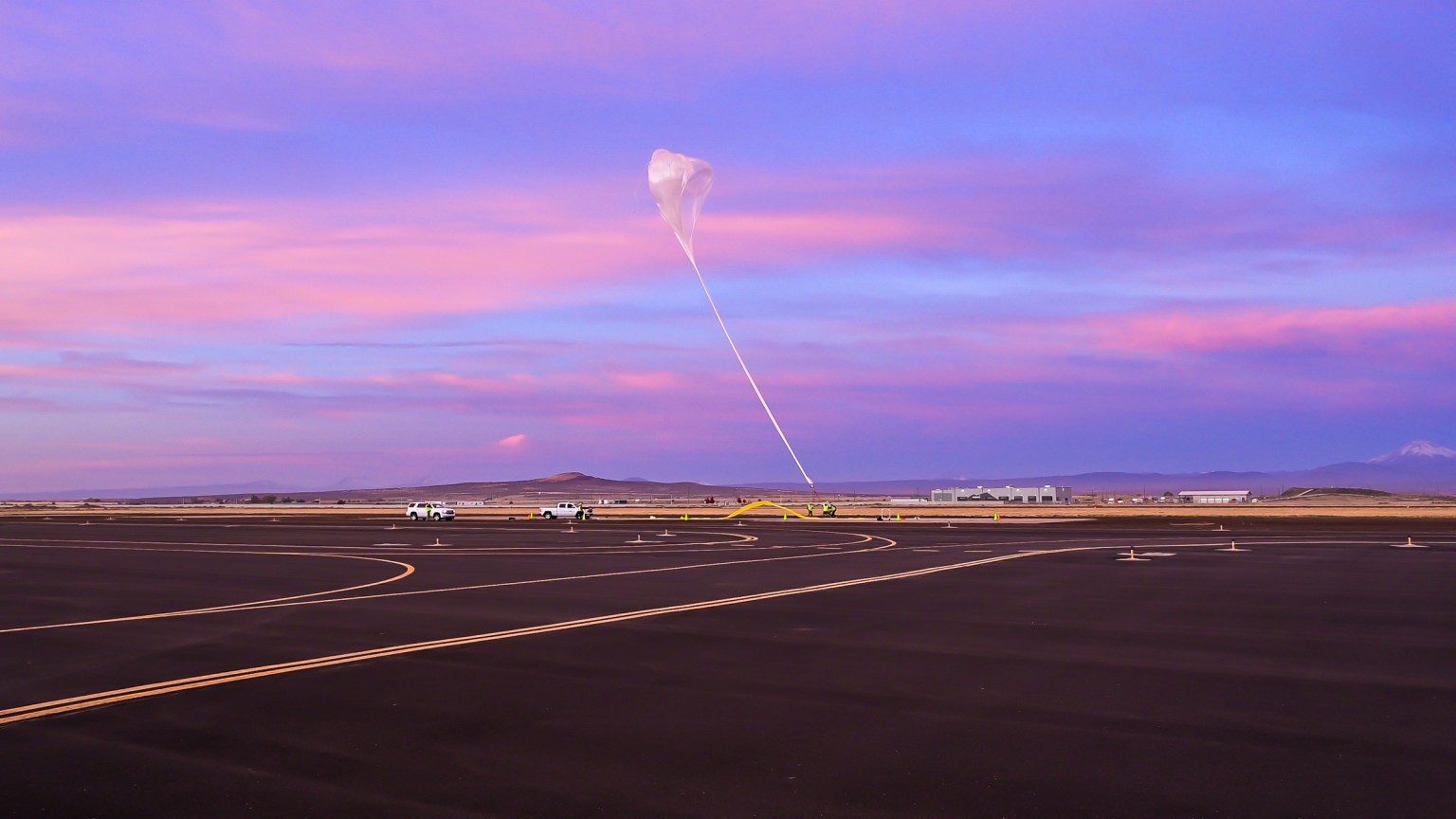How do clouds contribute to climate patterns on Earth, as well as other planets like Saturn, Venus, and Mars? This question motivated NASA’s development of a new nephelometer – a sensor that measures details about the interior composition of clouds. The device is being tested here on Earth and could one day be deployed to the far reaches of space to advance our understanding of climate patterns across our solar system.
Called NephEx – short for Nephelometer Experiment – the new device from NASA’s Ames Research Center in California’s Silicon Valley measures light scattering by airborne particles, including cloud droplets and ice particles. Using such data, devices like NephEx could tell scientists about the state of a cloud’s formation and under what conditions clouds form. Nephelometers like NephEx can also provide information about a cloud’s water content, as well as a cloud’s impact on a planet’s atmosphere or thermal and radiation environments. This data also supplements common techniques for cloud and climate monitoring, such as remote sensing via satellite.
“Remote sensing data is extremely important because it quickly gives us a global picture of clouds and climate, but it’s limited to only the outermost surface of clouds,” said Dr. Anthony Colaprete, principal investigator for NephEx. “By flying a nephelometer directly into the clouds, we add the ability to validate remote sensing data and gather more detailed information.”
This capability can make modeling and prediction of climate patterns even more accurate. In addition, the small size of NephEx means that those data refinements and validations could happen more easily and more often on more types of platforms for Earth-based climate research.
On June 11, 2021 researchers tested NephEx for the first time outside of a ground-based laboratory by launching it aboard a high-altitude balloon in Baltic, South Dakota. The flight was provided by Raven Aerostar of Sioux Falls with funding from NASA’s Flight Opportunities program. The balloon carried the sensor to a float altitude of about 70,000 feet for approximately two hours and into cloud formations to gather data about their interior compositions. The flight test provided an important step in maturing the technology and assessing its capabilities to measure the size, concentration, and distribution of cloud particles – data critical to understanding the impact of clouds on a planet’s climate.
“These Flight Opportunities-supported launches are affordable and accessible and allow us to take important, iterative steps in the technology’s development in an environment directly applicable to the way the technology would ultimately be deployed,” said Colaprete. “They give us a lot of practice and learning quickly to ultimately arrive at a better final product.”
Field testing provided by Flight Opportunities is important for readying promising innovations for riskier or more expensive planetary missions, like those in NASA’s New Frontiers and Discovery programs. In the case of NephEx, these include potential future missions to Venus, where scientists hope to deploy balloons to study the atmosphere of Earth’s sister planet. With further testing and development, NephEx also could study the atmospheres of gas giants like Saturn and Jupiter, which are mostly composed of hydrogen and helium.
With a final flight size of about 2 x 2 x 1.5 inches, the pocket-sized NephEx will be far more compact and use significantly less power than the nephelometer aboard NASA’s Galileo probe. Launched in 1995, Galileo provided the first in-situ observations of Jupiter’s clouds.
“Galileo’s sensor was cutting edge at the time, but it was large – more than 50 inches at its widest point – and drew a lot of power – about 15 to 20 watts,” explained Colaprete. “Future deep-space missions to other planets will carry more and more instruments, and sensors will need to be really small.”
Colaprete had the idea to take advantage of advances in near infrared (IR) lasers widely used in the telecommunications industry to scale back the size of the instrument. The result of this “Aha!” moment is a two-laser system that uses IR pulses – not visible to the naked eye – to measure light scattering off of clouds to determine the concentration of the particles that comprise the clouds’ interiors. The two lasers use different wavelengths, so researchers can determine not only the cloud particles’ average size but also the distribution of each size particle throughout the clouds.
“Because of its small weight and power, we could potentially fly networks of multiple sensors on multiple aircraft simultaneously,” said Colaprete. “That could give us a true three-dimensional measurement of the full cloud state and how it changes over time, which would advance cloud observations beyond any capabilities we currently have that I know of.”
The possibilities are vast, and the seed for that potential is planted with field testing. Analyses of the data from the recent balloon flight will allow Colaprete and his colleagues to refine the design for NephEx in advance of further testing and deployment for Earth-based or planetary research.
“Observation of other planets is not just for the sake of understanding those planets,” said Colaprete. “It’s ultimately to help understand the processes that control climate across the entire solar system, including here on Earth.”
About Flight Opportunities
The Flight Opportunities program is funded by NASA’s Space Technology Mission Directorate (STMD) at the agency’s Headquarters in Washington, and managed at NASA’s Armstrong Flight Research Center in Edwards, California. Ames manages the solicitation and evaluation of technologies to be tested and demonstrated on commercial flight vehicles.

